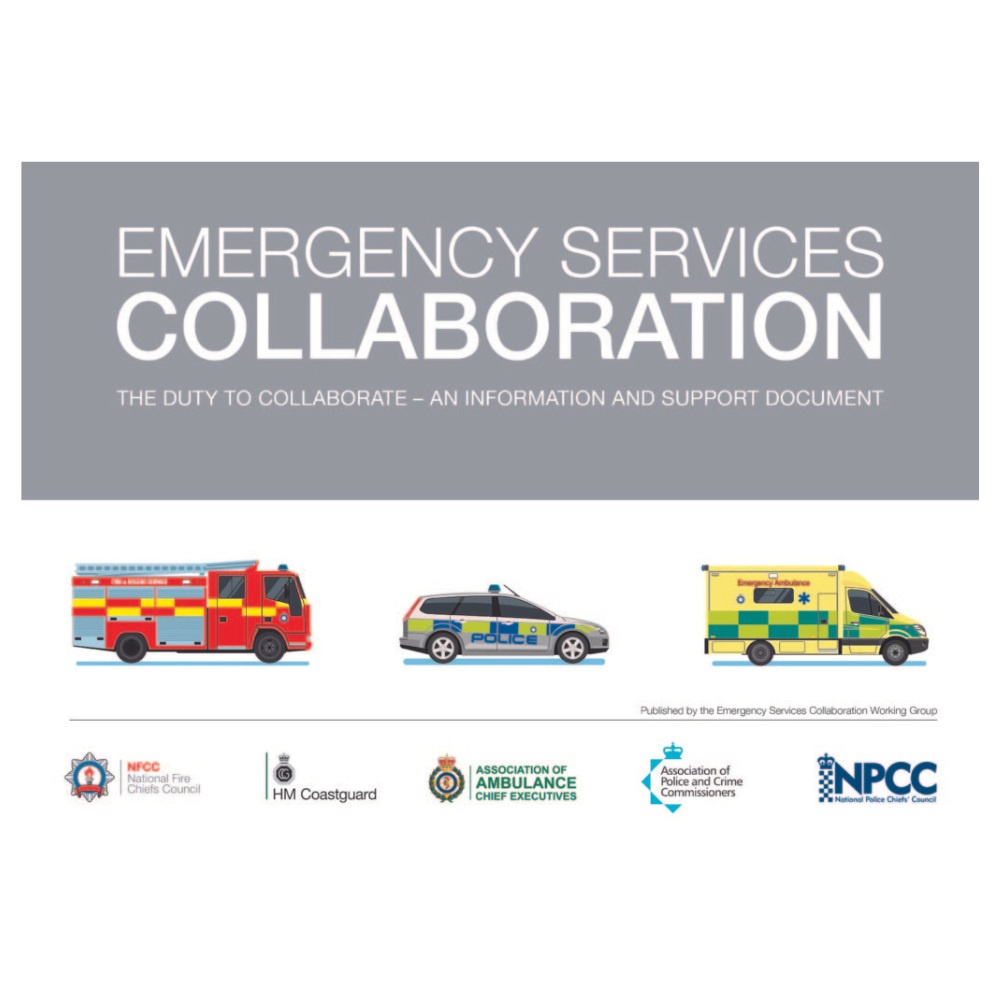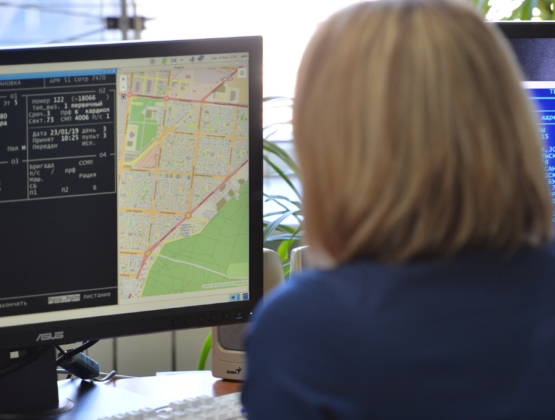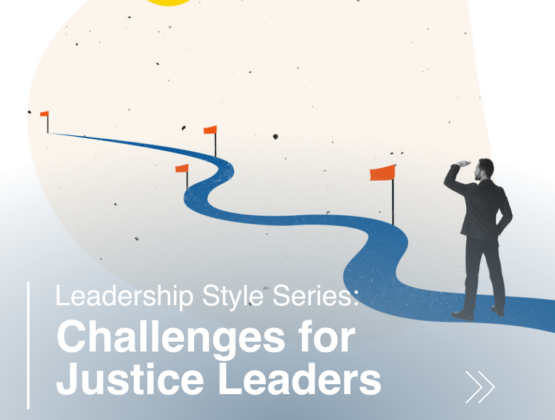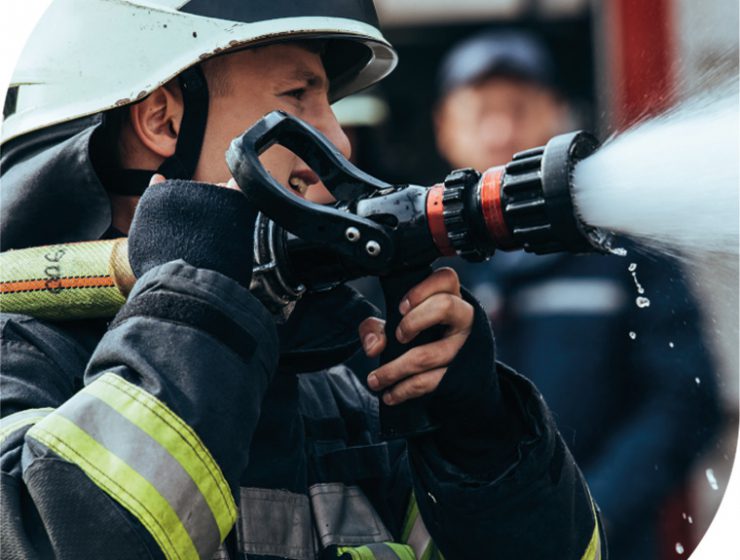Published by Skills for Justice
Collaboration of emergency services in the UK
Date 20.03.17

These are insights from commissioned research by the Emergency Services Collaboration Working Group, through the Home Office, to evaluate existing and emerging emergency services collaboration. The research focused on six emergency services collaboration projects across England and Wales.
Enablers v barriers of collaboration
Enablers
- A clear and shared vision
- Trust at all levels of the collaborating agencies
- Clear, shared resource plans
- Agreed and realistic timeline and delivery pathways
- Local cross-party political buy-in and explicit support
- Robust governance architecture
- All three blue light services have easily recognisable identities and retaining these are important
Barriers
- Current focus of collaboration
- Funding streams and cycles
- Organisational differences
- Staff engagement and liaison with representative bodies require some attention
- A number of instances where legislation was a barrier to collaboration were highlighted
- Government departments need to set out a more, consistent and shared vision
Key findings
98% of emergency services respondents were involved in some form of collaboration with another emergency service and/or local authority.
90% of respondents reported that the extent of their organisation’s collaborative activities had increased over the previous 12 months.
72% of the respondents to the public opinion poll thought that the emergency services should work together more often to provide a better all-round service.
84% of the respondents to the public opinion poll stated that it was important for leaders to work together closely in order to protect the public.
76% of the respondents to the public opinion poll were confident that the emergency services worked together effectively to respond to emergencies.
Testimonials
“Closer collaboration has enabled us to maintain meeting the needs of our local communities”, Ambulance service respondent, England and Wales survey
“[A good outcome] would see a greater evidence based approach around ‘what works’ in emergency service collaboration” Police respondent, England and Wales survey
“Collaboration always requires extra work communicating, negotiating and sometimes compromising. However, if done well the benefits always outweigh the disadvantages” Fire and Rescue respondent, England
Successful collaboration occurs when there is a shared vision, trust and understanding between organisations and where effective governance structures are in place.
Recommendations
Level 1
|
Level 2
|
Level 3
|
| The creation of more single back offices
Adoption of shared key performance indicators Further capital resource rationalisation Adoption of co-located control rooms More funding streams Promotion of good practice Sharing of individual service data Further implementation of common protocols |
Implementation of shared operational staff
Development of shared command structures Address the disparity in data collection Increase in joint training programmes Supporting leadership More direction from central government |
More integrated local and national governance structures
The adoption of integrated control rooms The adoption of one merged local budget Alignment of terms and conditions More comprehensive intra- service rationalisation Police devolution |
This research was commissioned by the Emergency Services Collaboration Working Group, through the Home Office. 1,069 individuals were polled across England and Wales.
Sign up to receive news and updates from Skills for Justice
"*" indicates required fields






